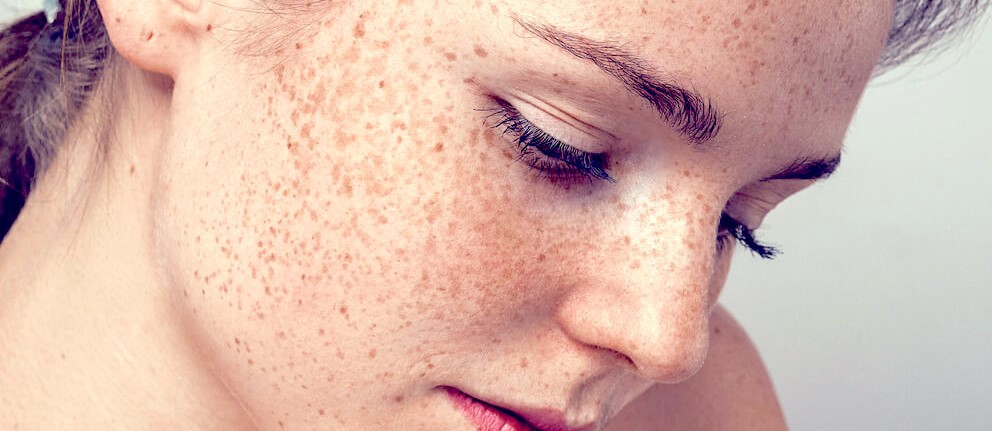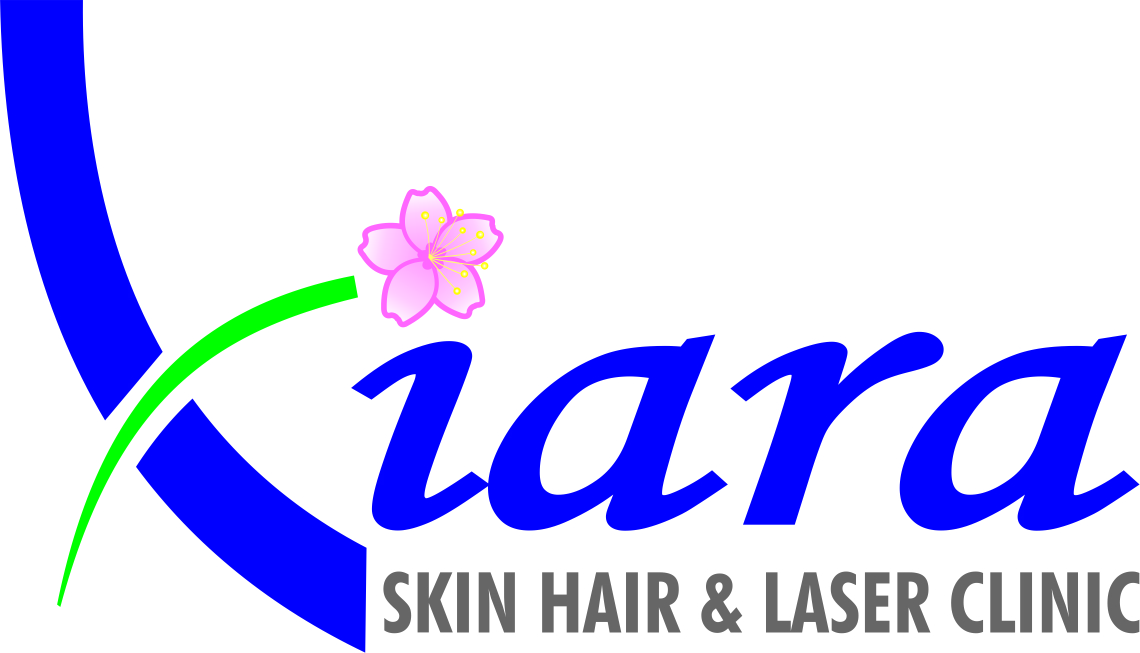
About
Pigmentation disorders refer to the malfunctioning of the cells that give color to the skin. When the cells produce too much or too little melanin, your normal skin color will become either darker or lighter. Both represent skin which is not in a state of good health.
Hyperpigmentation and Melasma
If you have dark patches of skin, you likely have hyperpigmentation. Exposing your skin to direct sunlight for prolonged periods is the biggest reason for hyperpigmentation. Also, it worsens the dark patches that you already have. They occur commonly as tan or dark brown patches on the exposed skin, mostly facial.
Another cause of hyperpigmentation is the consumption of drugs such as for malaria or even antibiotics.
Cells may produce excess melanin in pregnancy (known as pregnancy-induced Melasma) and some other diseases. After the pregnancy, Melasma is seen to go away.
Treatment
Usually, hyperpigmentation and Melasma can be treated by the application of topical creams. Please consult your dermatologist before using one as a wrong solution that may worsen your skin condition.
Apart from that avoiding direct sunlight is helpful. A sunblock of at least 30 SPF is useful if at all the sun cannot be avoided.

Hypopigmentation
Hypopigmentation manifests as patches of skin lighter than normal. This happens when the pigmentation cells do not produce enough melanin or at times none at all. This could be in the following forms.
White patches due to damage to the skin
When skin cells are damaged as a result of injury or burns etc. the skin may temporarily lose the ability to produce melanin. While the healing process is taking place, the affected skin may seem lighter than the surrounding skin.
Treatment
Your dermatologist will be able to prescribe creams for faster healing. In the meantime, you could use makeup to cover the difference.
Vitiligo
Vitiligo is the skin condition where the autoimmune system attacks and damages the pigment-producing cells. Vitiligo, unfortunately, has no cure and has been seen to be passed on in families.
Treatment
Vitiligo can be treated temporarily by steroid creams aimed at improving the appearance of the skin.
However, it may be possible to re-pigment the skin by light treatment. Vitiligo treatment by Excimer 308 nm is becoming an increasingly popular option.
Albinism
Albinism is a genetic disorder in which the pigment-producing cells cannot produce sufficient melanin and so the color of the skin, even the hair and sometimes eyes are very pale.
People with this disorder are completely healthy, although they may have some connected eyesight problem. However, they are prone to sunburns and even have a higher risk of skin cancer and must use clothes that cover most of their skin. They also must protect themselves with sunscreens at all times.
Treatment
Albinism has neither a cure nor any treatment yet. The corrective measures can be taken for eyesight but none for the skin.
For very small children it has been often seen that the skin starts to produce little more pigment as they grow but not sufficient enough to grow normally.
There have been studies with some drugs that help the production of melanin. But they can at best make the hair and skin grow a little darker.
